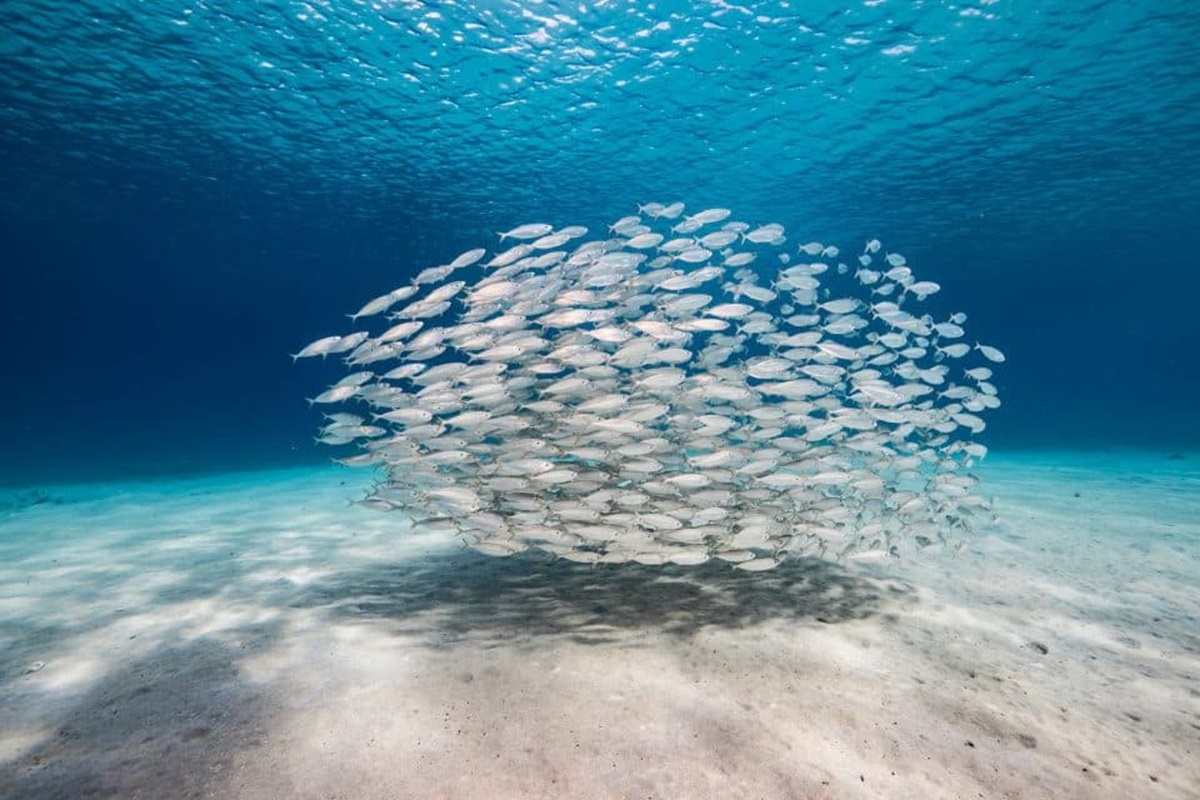The ocean can be a treacherous place for small fish, with strong currents and turbulent waters posing a constant challenge. New research suggests that fish have developed an ingenious solution to this problem: swimming in schools. A study conducted by researchers from Harvard University has revealed that schooling fish expend significantly less energy when navigating through turbulent waters compared to their solitary counterparts.

The Turbulent Sheltering Hypothesis
Led by Yangfan Zhang, the researchers proposed the “turbulent sheltering hypothesis.” This theory suggests that fish swimming in groups effectively shield each other from the full force of disruptive water currents, making it easier to navigate through rough waters. By working together, fish can overcome the challenges posed by turbulent environments.
Experimental Findings
To test their hypothesis, the researchers conducted experiments with giant danios (Devario aeqipinnatus). They observed these fish swimming alone and in groups of eight, both in turbulent and calm water conditions. Using high-speed cameras and a respirometer, the researchers meticulously analyzed the movements and energy expenditure of the fish.
Remarkable Energy Savings
The experimental findings provided compelling evidence for the energy-saving benefits of schooling behavior in fish. In turbulent water conditions, fish swimming in schools demonstrated a remarkable 79% reduction in energy expenditure compared to solitary individuals. This reduction in energy expenditure was accompanied by behavioral adaptations, such as swimming in tighter formations to minimize exposure to disruptive currents.
Implications for Fish Ecology and Conservation
This research has significant implications for our understanding of fish ecology and behavior. It could inform the design and maintenance of habitats for protected fish species and aid in managing invasive ones. The insights gained from this research hold significant implications for various fields, including fish ecology, hydrodynamics, and conservation.
Collective Movement in Fish Swimming
The study of collective movement in fish has always captivated scientists and nature enthusiasts. This research adds another layer to our understanding of how animals have evolved to overcome environmental challenges through cooperation. The findings raise intriguing questions about the energy dynamics of group movement in other aquatic and aerial animals, such as flocks of birds flying in formation or pods of dolphins swimming together.
Leave a Reply